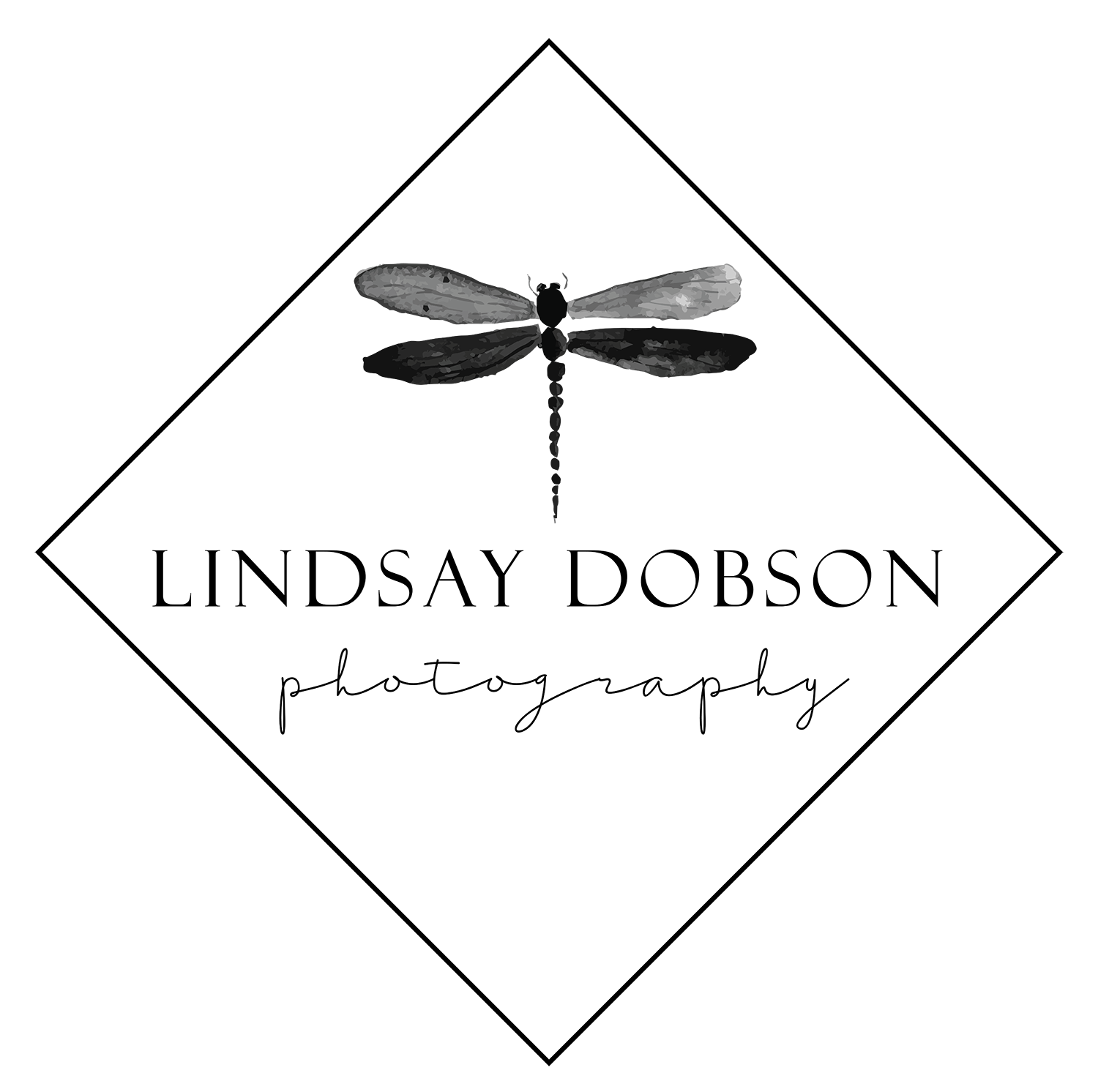Photography at Marwell Zoological Park Hampshire
Marwell Zoological Park in Hampshire is one of our best known zoos and is home to a huge variety of animals, many of which are critically endangered. The site is large and you can expect to get a fair amount of exercise as you view typical African Savannah creatures, primates, penguins, big cats and countless other species in between. I was planning to visit out of high season when the place is a little quieter but as is typical my schedule didn’t allow for that. At least yesterday’s weather was vastly more tolerable than the intense stifling heat we’ve been suffering here in the UK over the past three weeks. And since the heat wasn’t too oppressive, the animals were a little more animated than they might have been a week or so back. The park was extremely busy, full of children and families, which is to be expected at this time of year. It was very noisy as a result – be warned! However you’ll see a bit of a lull starting to appear at around 3 PM, and at this time of year the park remains open until 6 PM, so there are still opportunities to have a relaxing walk around the entire site.
As zoos go I don’t think Marwell provides the best vantage points for the public, but it’s still possible to get plenty of decent photographs providing you carefully shoot between the various layers of (necessary) wire mesh fencing, and providing you do what you can to minimise reflections on the glass in front of many of the animals such as the big cats. I was delighted to get a close-up view of an Amur Leopard – some Leopard species are relatively small but this animal was enormous and incredibly beautiful, in fact he wasn’t far off the size of the Tiger I also photographed. You’d be well advised to step back though if one of these cats decides to walk past, they do have a habit of spraying in order to mark their territory and I’m pretty sure a few bystanders have been caught out by this in the past.
As is normally the case when I visit somewhere interesting I’ll have a camera with me. I have to say that the mere thought of carting a big DSLR and a long heavy lens around a location like this is not something I relish, particularly since visiting a large wildlife Park is naturally tiring anyway. Thankfully these days there are some very good miniaturised camera systems available with plenty of features and very good levels of performance, as evidenced by the increasing number of pros switching to this format. As many know I enjoy using the Olympus OMD (for both my professional work and my personal outings) with the excellent range of Micro 4/3 lenses which are now available. In fact I was able to carry around my camera and five lenses in a small Billingham bag, and I barely felt the weight of it. Having said that, only one lens remained on the camera all day and that was the Panasonic 100 to 300 (which gives an equivalent field of view in 35mm terms of a whopping 200 to 600 mm).
At Marwell it’s true to say that the more reach you have, the better. But at such high magnifications you do need to be mindful of your technique – quite often this lens is blamed for producing less than sharp results, when in fact this is almost always down to the operator allowing the shutter speed to fall below safe limits, or else failing to hold the equipment steady enough to avoid camera shake. The only weak point is the last 20mm or so in the tele range. This does take a bit of practice and it’s important to plant yourself firmly, or better still resting on something if you’re shooting at the long end of the zoom. If you can’t find something to lean on then you’ll need to brace yourself and squeeze the shutter immediately after you’ve exhaled.
The longer you zoom a lens like this, the faster your shutter speed will need to be. The general rule is that you will need a shutter speed of approximately 1/ your focal length (or specifically your equivalent focal length). That’s not to say that I don’t often use this lens at the long end with a shutter speed of around 1/200 of a second, but I do this with some care. You must also bear in mind that the longer the focal length (or the higher the magnification) the shallower your depth of field will be.
You might think that at F5 .6 on a micro 4/3 body you’ll have more than enough depth to render a given subject in sharp focus, but get to 200 mm and above (particularly if you’re close to your subject) and the depth of field will start to look very slim indeed. There are various depth of Field calculators available on the Internet which are worth playing around with. Lastly a moving subject will require a faster shutter speed than a static one – if you can’t gather enough light in the conditions you find yourself in then you’ll need to boost your ISO. In bright daylight this isn’t a problem so typically you might be at around 400 ISO, giving anything from 1/500 sec to 1/2000 sec at f5.6 (for fast moving creatures 1/1200 sec and above will be ideal). Remember that these tips are just a guide – so long as you understand the basics you’ll be able to manipulate your settings to suit your subject and the light you find yourself in – practice is key!
There are some tips on how to get the best from your trip to the zoo here: How to Photograph Captive Animals in Zoos























